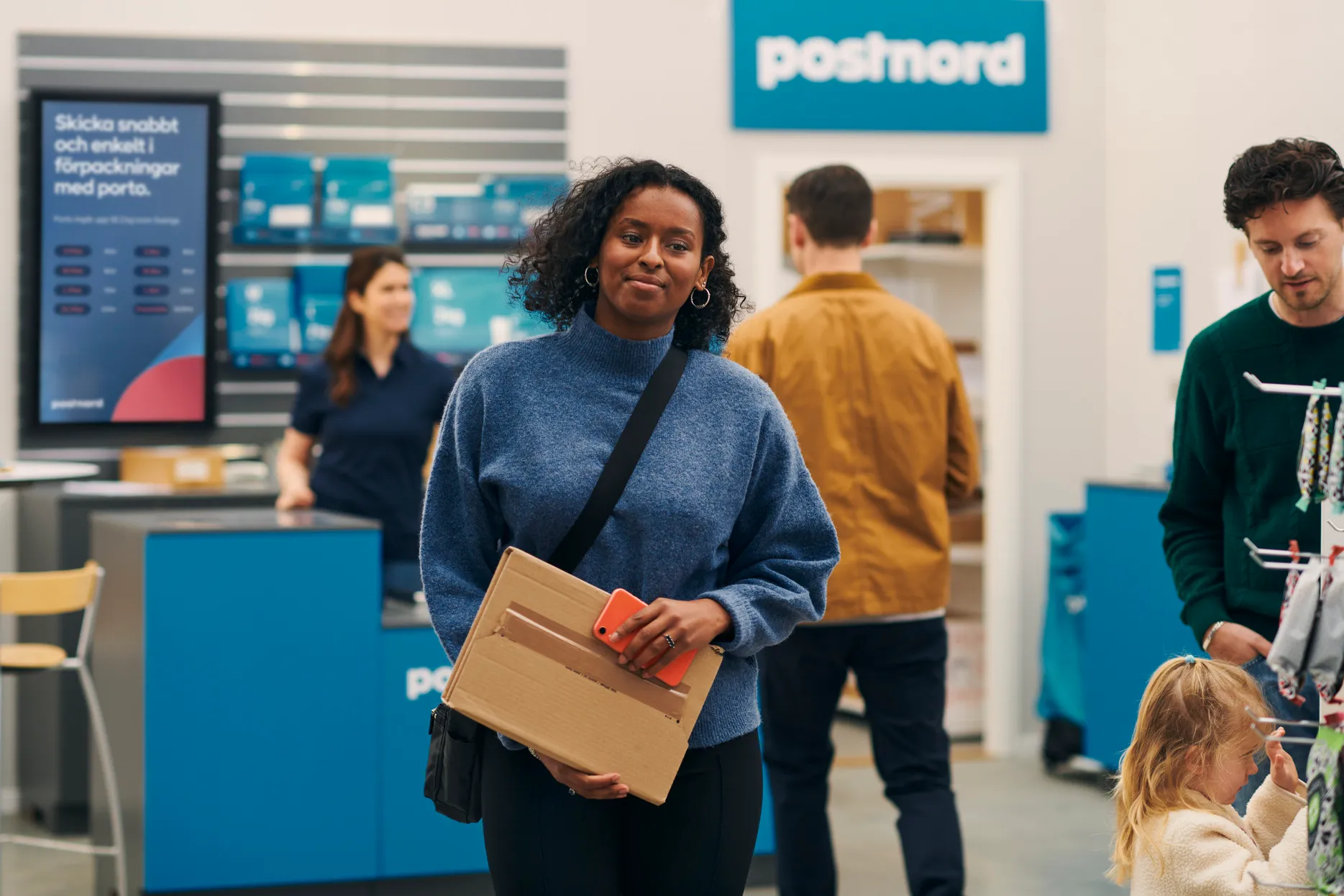E-BAROMETER Q2 2024
The E-barometer 2024 Q2 report highlights a rebound in Swedish e-commerce despite global challenges
The E-barometer presents e-commerce trends for the second quarter, based on data from Swedish e-retailers and analysis across eight sectors. This edition focuses on the consumer journey, covering payments, deliveries, and returns. In partnership with Google, it offers strategies for Swedish e-tailers to mitigate global supply chain disruptions and lower return costs. The report also features an interview with Ellos Group’s Logistics Director, Mathias Parkheden.
Key highlights from the report:
-
Sector performance
-
- Pharmacy continues to be the top-performing sector, posting a 20% growth for the fifth consecutive quarter. The success is attributed to competitive prices, the convenience of e-commerce for compact products, and minimal returns, particularly in beauty and cosmetics.
- Fashion and Clothing saw a 6% growth, driven by price increases rather than volume. However, the sector remains highly competitive, with pressure from global low-price giants like Temu and Shein.
- Grocery e-commerce grew by 5%, benefiting from strong spring sales despite a summer dip as many consumers moved to vacation homes.
- Building products and home electronics sectors struggled, with declines of 7% and 2%, respectively, as consumers delayed capital-intensive purchases during economic uncertainty.
-
Evolving delivery preferences:
- Consumers’ delivery preferences are shifting, with parcel lockers becoming increasingly popular. While distribution points remain the most common delivery method, the use of parcel lockers has grown significantly since 2020. Flexibility is key—61% of consumers cite the ability to collect parcels outside regular hours as the main reason for preferring parcel lockers.
- Home delivery remains preferred for bulky items, particularly among parents of young children, while speed and convenience are critical factors for younger consumers. Nearly half of consumers aged 18–29 are willing to pay extra for faster delivery.
-
Returns and payments:
- Returns continue to be an integral part of the e-commerce journey, with consumers expecting more convenient and flexible return options. While service points remain the most common method for returning items, consumers are increasingly exploring alternatives such as parcel lockers and in-store returns.
- Payment preferences are evolving, with nearly half of Swedish consumers placing high importance on the ability to choose between multiple payment options at checkout.
-
Sustainability and green logistics:
- Sustainability is playing an increasingly important role in consumer choices, with a growing demand for eco-friendly delivery options. A noteworthy 10% of younger consumers (aged 18–29) paid extra for greener deliveries, a trend that is expected to grow as this demographic's purchasing power increases.
-
Global and external factors:
- Despite positive domestic indicators, external factors like ongoing global supply chain disruptions, rising freight rates, and geopolitical uncertainty continue to challenge e-retailers. The report includes insights from Google, offering strategies for mitigating cost increases, managing customer expectations, and integrating AI to optimize operations.
The report underscores that while e-commerce in Sweden is on the path to recovery, businesses must continue to adapt to shifting consumer behaviors, delivery preferences, and the increasing importance of sustainability in the face of ongoing global challenges

